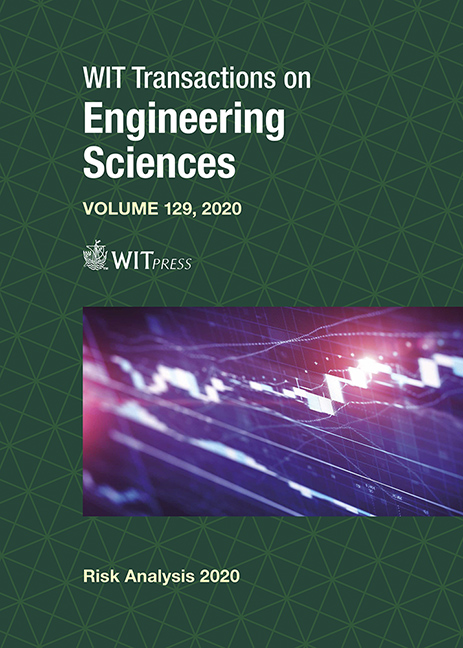SAHARA: SIMULATION AIDED HAZARD ANALYSIS AND RISK ASSESSMENT METHODOLOGY
Author(s)
RAFAEL A. BARRETO J., ZAKARIA BACHIR
Abstract
Hazard Analysis and Risk Assessment (HARA) in the automotive industry, is a structured process described in the ISO 26262 standard in force for the development of safety-related systems comprised of electrical, electronic and software components. Risks that are identified for malfunctioning behaviour of an item should be classified in terms of Automotive Safety Integrity Level (ASIL) in function of discrete qualifications of Controllability (C), Severity (S) and Exposure (E). Even though the standard gives definitions and examples on how to select the correct qualification, in practice, this exercise strongly depends on expert judgement, and therefore is (i) time-consuming and (ii) a qualification may differ for the same risk if it is analysed by different teams. This paper shows how simulations can be used to reduce the dependence on expert judgement and can automate part of the HARA process in order to assess a large number of scenarios, making the process less error prone and reducing the required design time. The paper describes the Simulation Aided Hazard Analysis and Risk Assessment (SAHARA) method that models hazardous situations from textual descriptions, integrates an item model into a vehicle model, simulates its behaviour and interaction with the environment and evaluates the generated traces through contract-based analysis to estimate C, S, E and ASIL.
Keywords
functional safety, ISO 26262, HARA, Simulation Aided Hazard Analysis and Risk Assessment, vehicle model, ASIL






